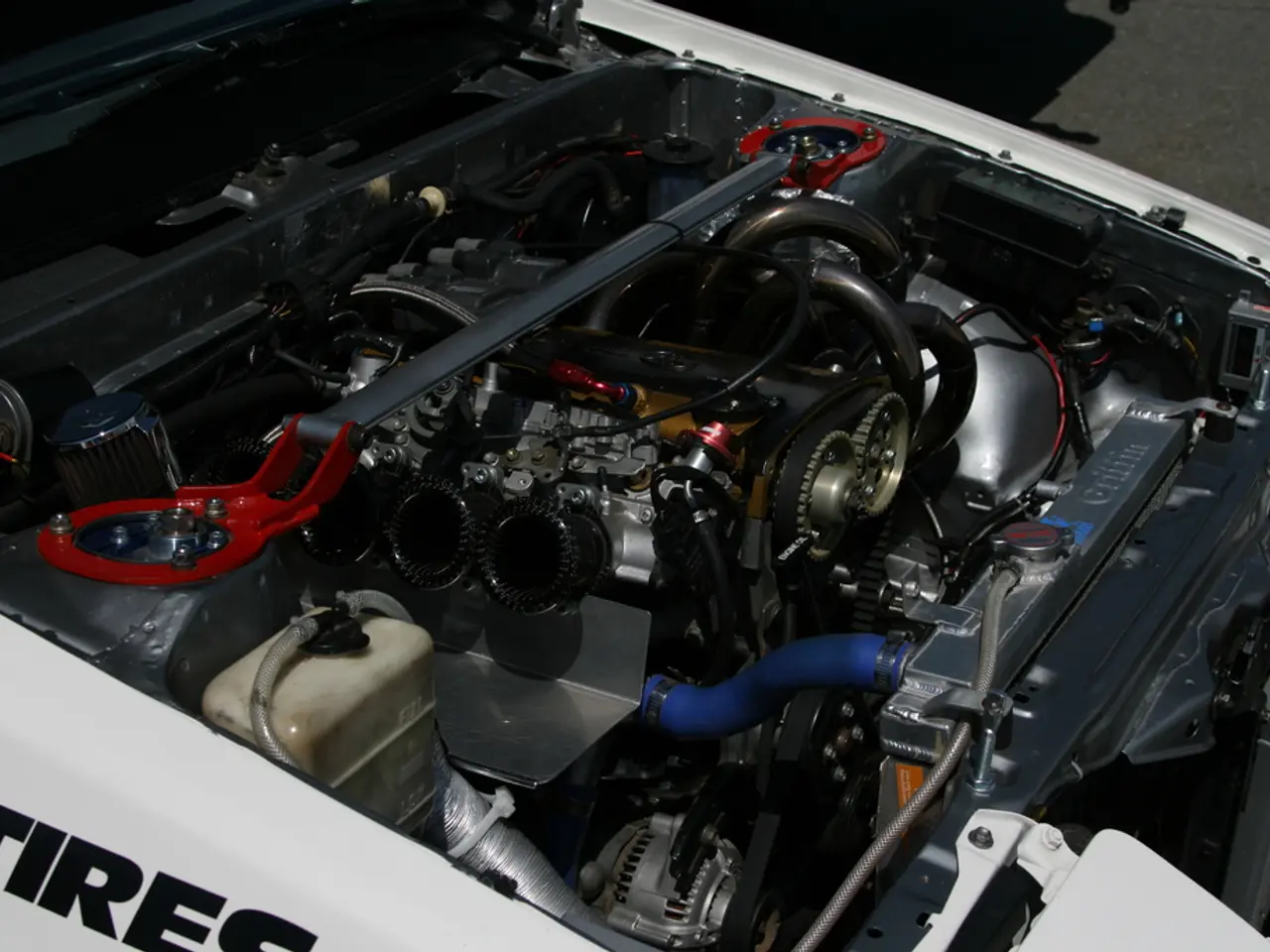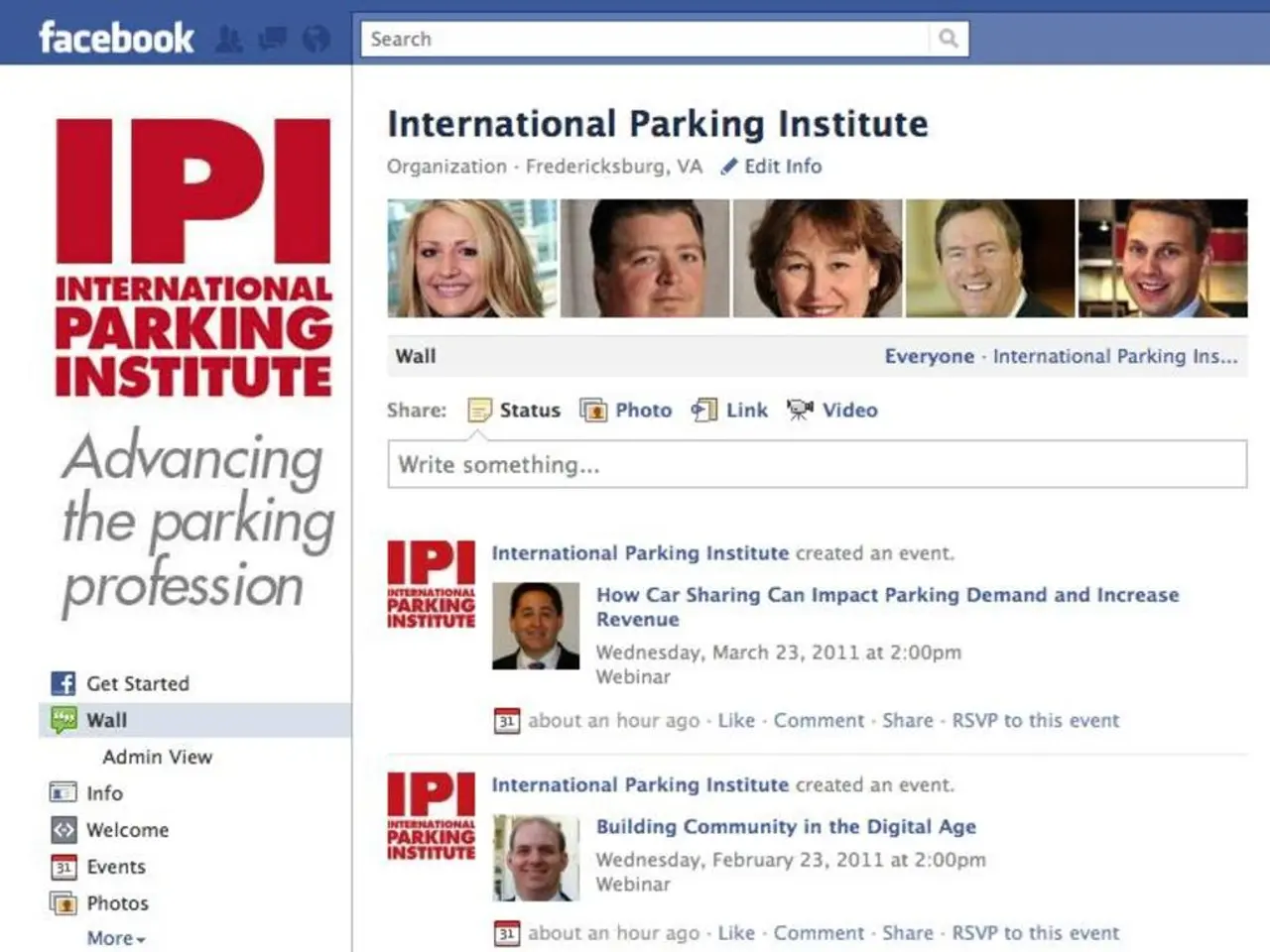Hydrogen-Powered Cells as Possible Energy Solution for Electric Vehicles?
In the rapidly evolving world of electric vehicles (EVs), hydrogen solutions are gaining increased attention as potential alternatives to battery electric vehicles (BEVs), which are currently facing challenges. This shift is not without reason, as partnerships and development of hydrogen solutions involving companies like Honda, General Motors, Hyundai, and more are already underway.
As we approach mid-2025, both BEVs and Hydrogen Fuel Cell Electric Vehicles (FCEVs or HEVs) offer unique benefits and face distinct challenges.
Performance and Durability
BEVs, with their mature technology, boast strong performance and growing battery durability. Rapid acceleration and efficiency are proven in many models like the Tesla Model 3 or Nissan Leaf. In contrast, FCEVs offer comparable electric motor performance, but face challenges in system durability and cost reduction.
Emissions and Refueling
Life-cycle greenhouse gas emissions for BEVs are about 73% to 78% lower than gasoline cars when powered by the current or increasingly renewable grid. This figure is anticipated to improve as grid renewables rise, potentially reaching 86% renewables by 2045 in the EU. Hydrogen FCEVs, on the other hand, have the potential for about 79% emissions reduction if hydrogen is produced from renewable sources. However, current mainstream hydrogen manufacturing from natural gas only reduces emissions by approximately 26%. Scaling renewable hydrogen production is a key limitation.
Refueling is another area where FCEVs shine. Hydrogen refueling is quick (minutes), similar to gasoline/diesel fueling, whereas public charging infrastructure for BEVs is rapidly expanding, but charging times vary and fast chargers are common.
Range, Cold Climate Operation, and Industry Adoption
Typical BEV ranges are up to 300–400 miles per charge, but are constrained by battery energy density and charging duration. FCEVs, on the other hand, typically offer longer ranges similar to conventional vehicles and refuel quickly, making them attractive for long distances and heavy-duty use.
FCEVs tolerate cold climates better as fuel cells operate efficiently in extreme conditions, with less range loss than BEVs.
In terms of industry adoption, BEVs dominate the light-duty passenger car market due to mature technology, dropping costs, and growing infrastructure. FCEVs, however, are gaining traction, especially for short-distance urban fleets and increasingly for heavy-duty long-haul transport as hydrogen infrastructure grows.
The Future of Hydrogen Electric Vehicles
Plug Power, a key player in advancing hydrogen fuel cell technology, has expanded its focus beyond fuel cells for material handling and aims to target broader markets, including delivery vehicle fleets and potential applications in aviation.
A study conducted by a joint research team from Harvard and Incheon National Universities has developed a new approach to building hydrogen fuel cells that improves durability and lifespan. This new approach involves creating a category of fatigue-resistant electrolyte membranes, consisting of an interpenetrating network of Nafion and perfluoropolyether (PFPE).
Toyota, the world's largest automaker, is also actively developing hydrogen fuel cell vehicles. The company released the 'Mirai', a sedan with 5-minute refueling, 650km of range, and zero harmful emissions. Toyota has pushed back against battery EVs and believes in a brighter future for hydrogen fuel cell vehicles and hydrogen combustion engines.
As access to sustainably sourced hydrogen grows every day, a different future for EVs than many realize is on the horizon. Both BEVs and FCEVs will likely coexist, specializing by use case, as the automotive industry moves toward decarbonization.
- Companies like Honda, General Motors, Hyundai, and Plug Power, are developing hydrogen solutions, indicating an increased interest in hydrogen fuel cell electric vehicles (FCEVs) as potential alternatives to battery electric vehicles (BEVs).
- Hydrogen FCEVs have the potential for about 79% emissions reduction if hydrogen is produced from renewable sources, making them a viable option for the future.
- In terms of industry adoption, while BEVs dominate the light-duty passenger car market, FCEVs are gaining traction, especially for short-distance urban fleets and increasingly for heavy-duty long-haul transport as hydrogen infrastructure grows.
- Technology advancements in hydrogen fuel cell technology, such as the new approach developed by a joint research team from Harvard and Incheon National Universities, could improve durability and lifespan of FCEVs, paving the way for their widespread use in various industries, including aviation.




